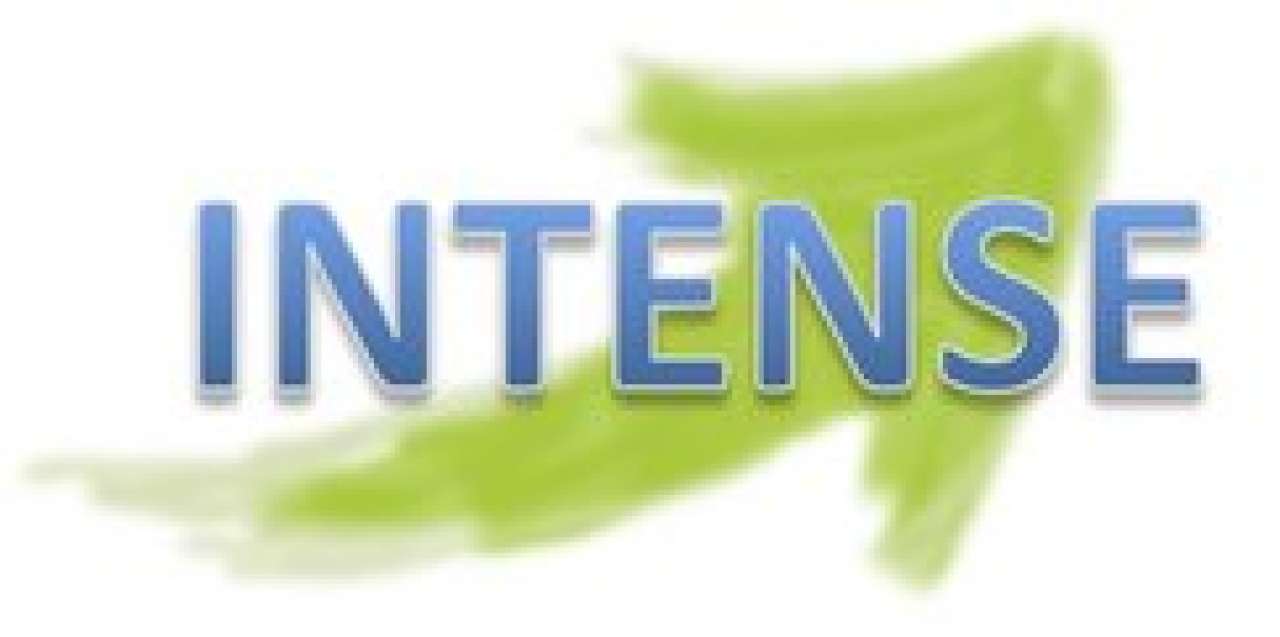Work Package 4

Economic valuation of biodiversity and ecosystem services: costeffective management
Description of the tasks
Task 4.1: Reveal the indirect use value of soil biodiversity
Partners Involved: UHAS, NIBIO, HMGU
A dynamic ecological simulation model will be built for unmanaged and managed sites under different land uses (STELLA 10.0.6), simulating the functional diversity of soil biota in providing ecosystem services (depending on the land use) based on data and indicators mainly from WP 1 and 2. The economic value of changes in productivity under different land management strategies is assessed using both direct market valuation techniques and avoided cost method. By establishing the link between the functional role of soil organisms and the changes in production potential, an indirect use value for the functional role of soil biodiversity is estimated.
Task 4.2: Determine the economic impact of drought, lack of organic matter and contamination
Partners involved: UHAS, BIOGECO
The effect of drought, lack of organic matter and contamination on changes in functional diversity is integrated into simulation models according to task 4.1 and assessed for differences accounting for C sequestration potential, nutrient cycling, and water retention. Hereby different valuation methods are used (such as direct market mechanisms (carbon price)).
Task 4.3: Determine the economic benefit of the management strategies
Partners involved: UHAS, BIOGECO
Strategies on a site depend on current land use, environmental conditions, and future scenarios that have been defined for each field site. Their economic benefit then depends on the change in soil biodiversity, and thus the delivery of ecosystem services (WP1 and 2) as compared to the unmanaged situation.
Task 4.4: Evaluate the cost-benefit of strategies for improving biodiversity of managed soils compared to unmanaged soils
Partners involved: UHAS, BIOGECO, NIBIO
The (private) costs of the strategies consist of preparation, investment, operational and monitoring costs (WP3). Moreover, the potential environmental impact reduction is included as a reduced cost (WP3). The effectiveness of the strategies in restoring and safeguarding ecosystem services is defined by the improvement compared to unmanaged soil.
Contacts

Contacts


